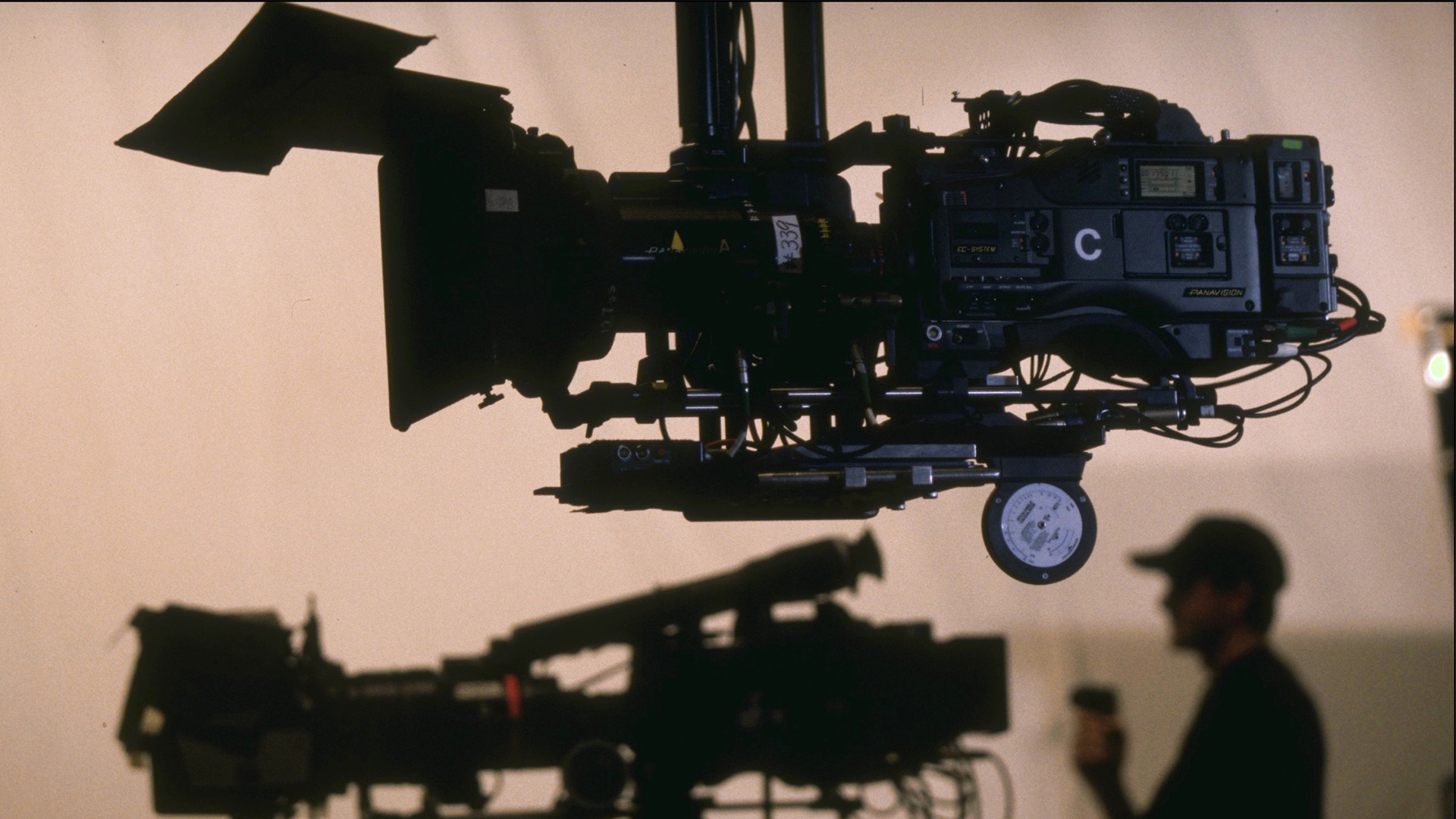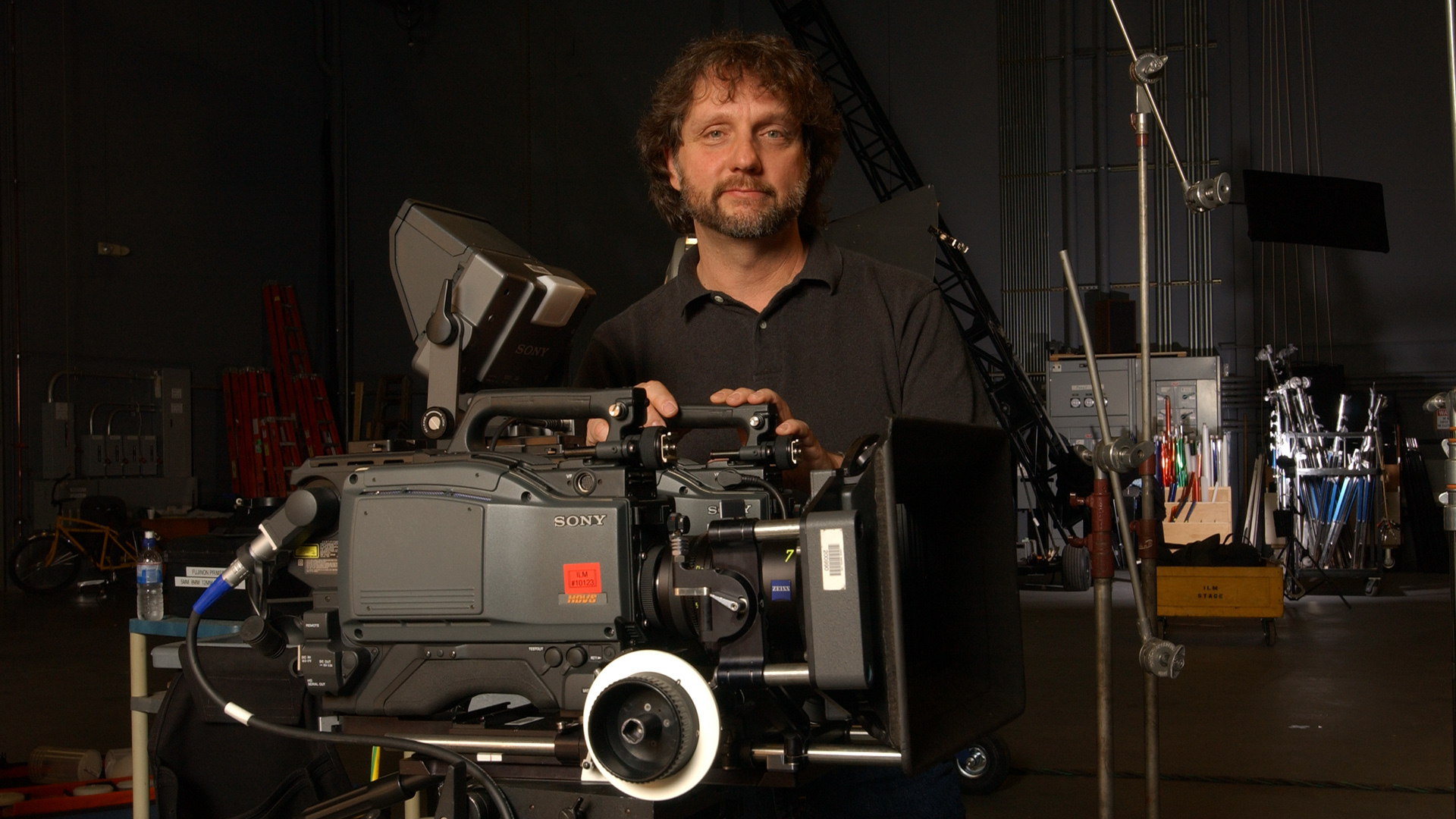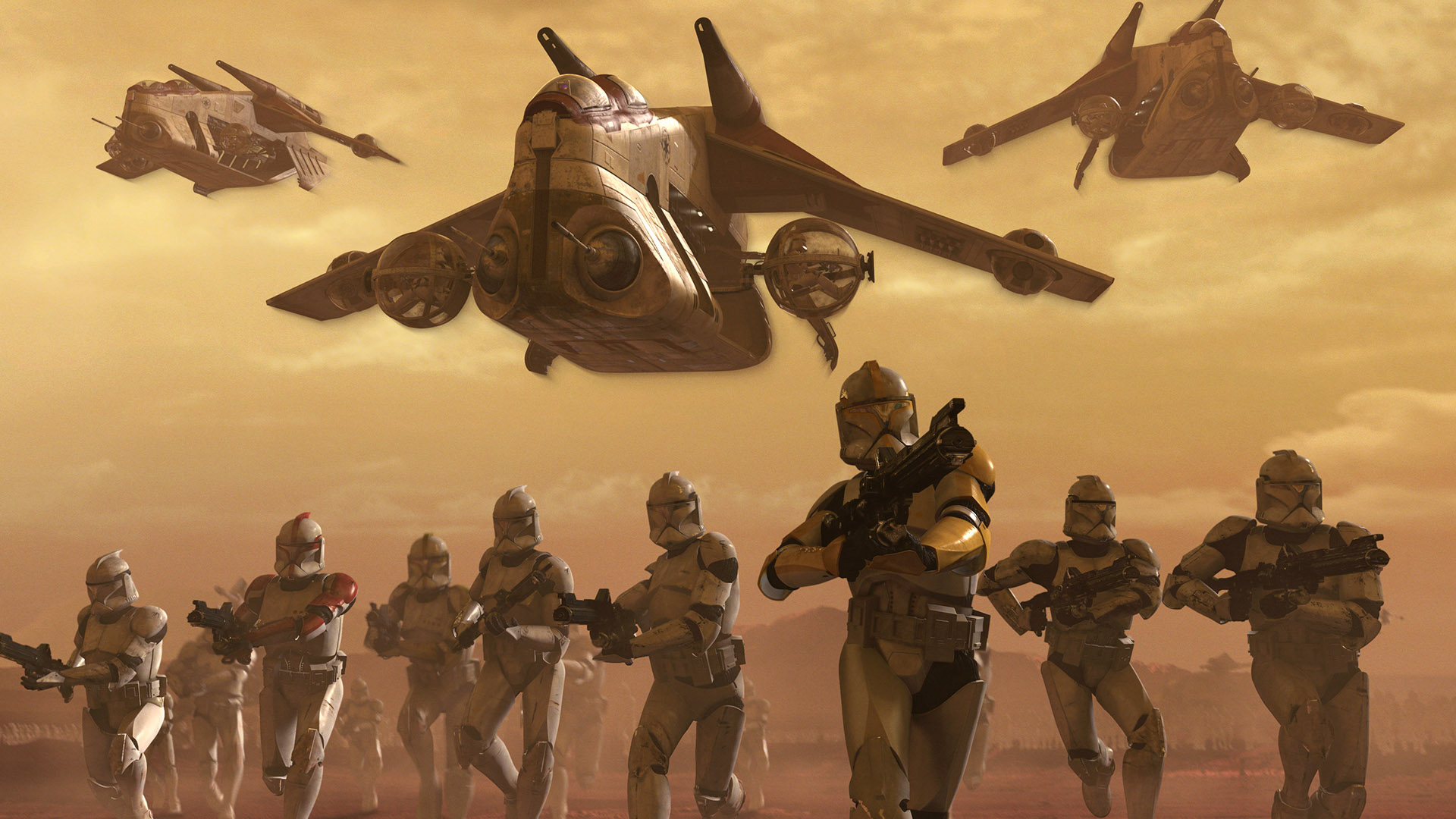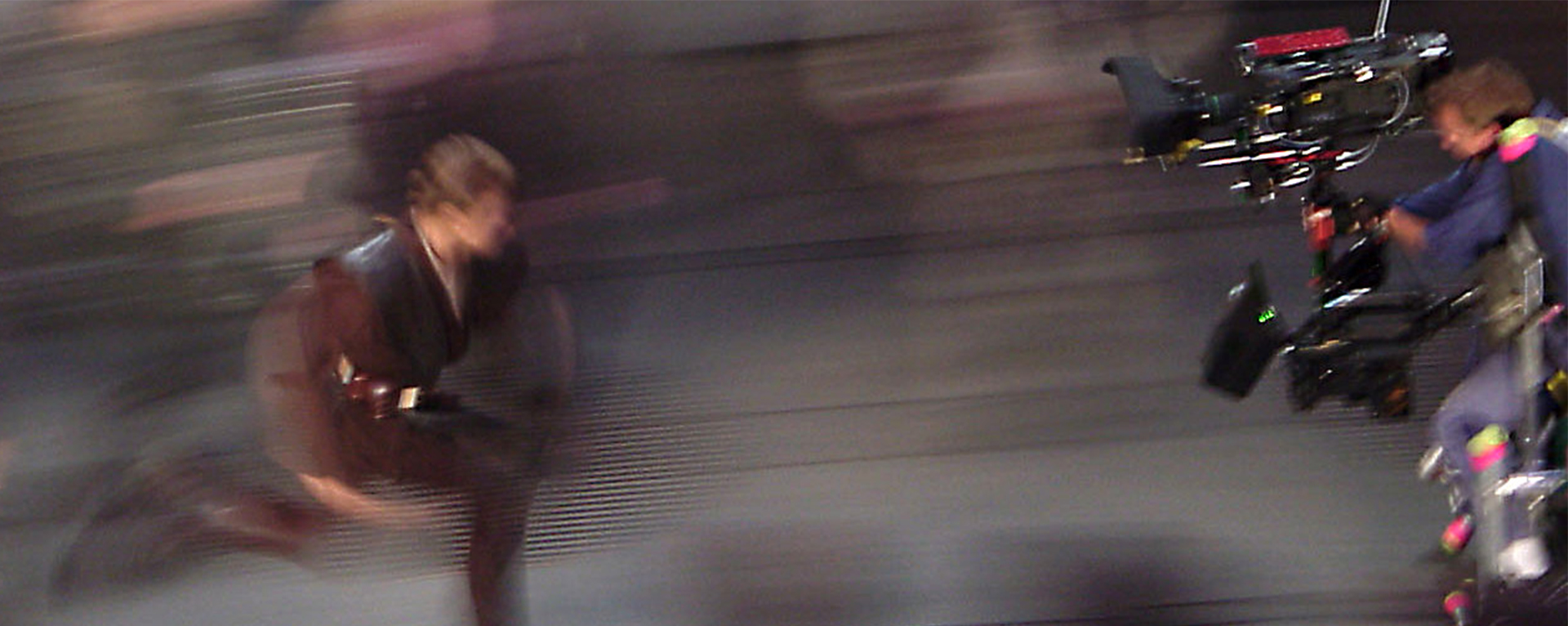Lucasfilm Originals: Digital Cinema
A Cinematic First Was Years in the Making
Star Wars: Attack of the Clones celebrates its 20th anniversary in 2022. As the first blockbuster movie made entirely with a digital camera system, it helped launch a new century of filmmaking.
From pre-production through principal photography to post-production and completion, Lucasfilm did not use traditional reels of film to create its newest Star Wars feature. Instead, it wove a complex array of computer-based tools – from pre-visualization software to brand-new digital cameras – all intended to enhance the creativity of the filmmakers and their storytelling process.
For director George Lucas, Attack of the Clones was the end of a long road of development stretching back over 25 years and involving nearly every division across Lucasfilm. More importantly, it marked the beginning of a new road, one that promised the type of creative workflow he’d long envisioned.
From his earliest days at the University of Southern California cinema school, Lucas gravitated towards the editorial process. There, the filmmaker could actually make the film, delicately cutting and re-joining physical pieces together to construct a narrative. It was a rewarding experience, but could also be painfully cumbersome as editors struggled to keep track of thousands of feet of spooled film. By the 1970s, George Lucas was among those who imagined a simpler and more intuitive editing process.
The increasing prevalence of electronic computers was a promising sign. Lucasfilm employed them almost from its beginning, as Industrial Light & Magic (ILM) crews developed computer-driven mechanical systems to operate their miniature cameras for Star Wars: A New Hope (1977). For Lucas, computer technology seemed applicable all across the filmmaking toolset. In 1979, a computer group was established within Lucasfilm to research and develop practically-functioning tools for picture and sound editing, as well other areas including film scanning and computer graphics visual effects.
Throughout the 1980s, Lucasfilm would introduce the EditDroid, SoundDroid, and Pixar Image Computer, custom-build a high-resolution digital film scanner, and implement some of the world’s first photo-realistic computer graphics characters courtesy of ILM. By the following decade, the company was earning its reputation for digital-infused visual effects and sound designs, all the while George Lucas was preparing to revisit Star Wars with a new trilogy of movies.
With an increasingly improved filmmaking workflow, Lucas could tell his story in a newly uninhibited way. The capability to realize expansive visuals and dynamic characters allowed him to create settings and actions within Star Wars as he’d first imagined them years earlier but had been unable to achieve with the era’s limited technology. The desire to make the new movies with a fully-digital process seemed like a natural point of evolution from where Lucasfilm had continued to help influence the craft.
Star Wars: The Phantom Menace (1999) proved too soon to reach this goal as a digital camera was made ready only in time for the movie’s pick-up shoots. The mantle then fell to Attack of the Clones, as Lucasfilm’s engineers and technicians feverishly collaborated with partners, including Sony and Panavision. The camera system they built would have to shoot cinema-quality images on a full-production schedule, and also be integrated within ILM’s complex effects pipeline. It was a feat tailor-made for a company like Lucasfilm with its long-fostered culture of problem-solving.
The fact that Lucasfilm’s technological influence on the craft of filmmaking has garnered such attention over the years is, in a way, ironic. The company never developed technology for its own sake, but rather to serve the needs of a story. New innovations were usually derived from the specific challenge of how to realize a sequence or character in a new film. This precedent continues today, and the ushering in of digital cinema with Attack of the Clones is a reminder of both how much the craft has changed and how much the desire to tell a story can influence it.
To learn more about the specific innovations of Attack of the Clones, visit StarWars.com.



Lucas O. Seastrom is a writer and historian at Lucasfilm.

